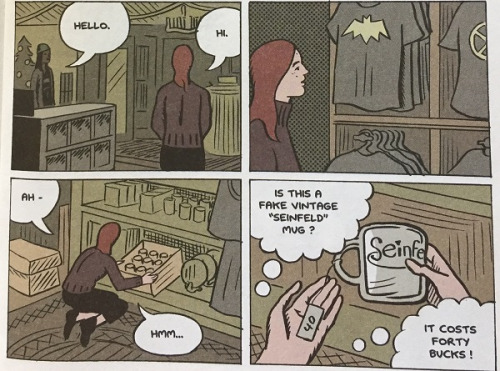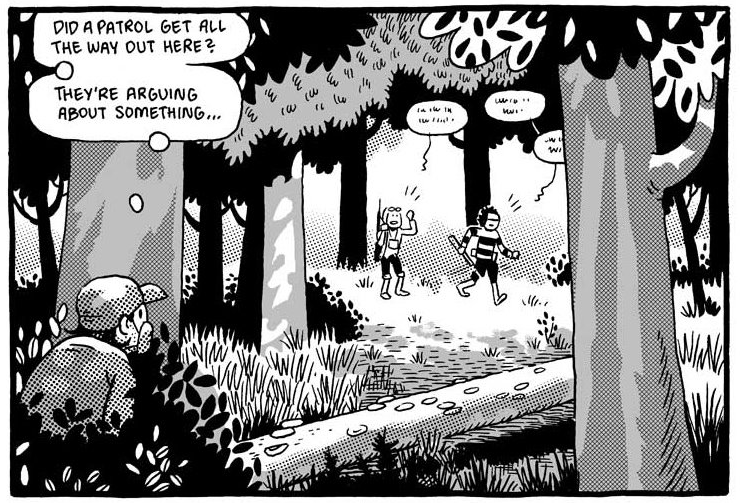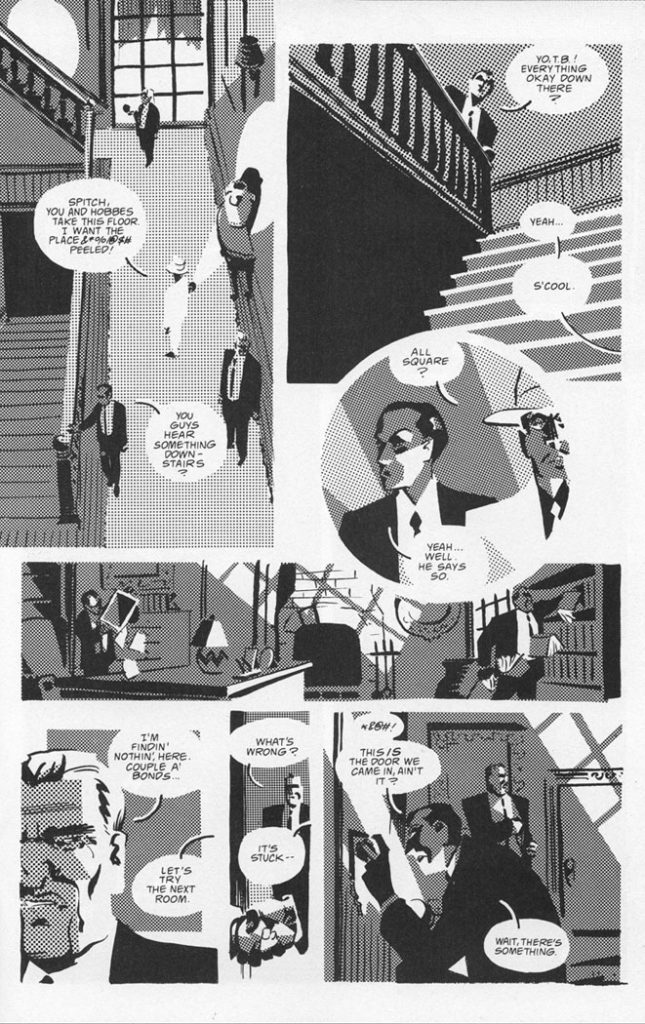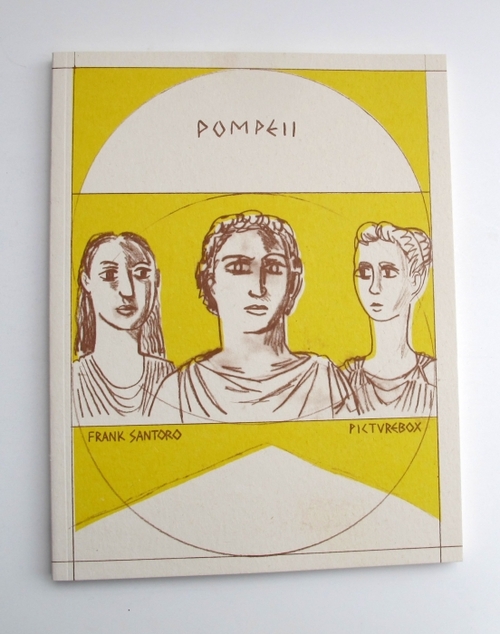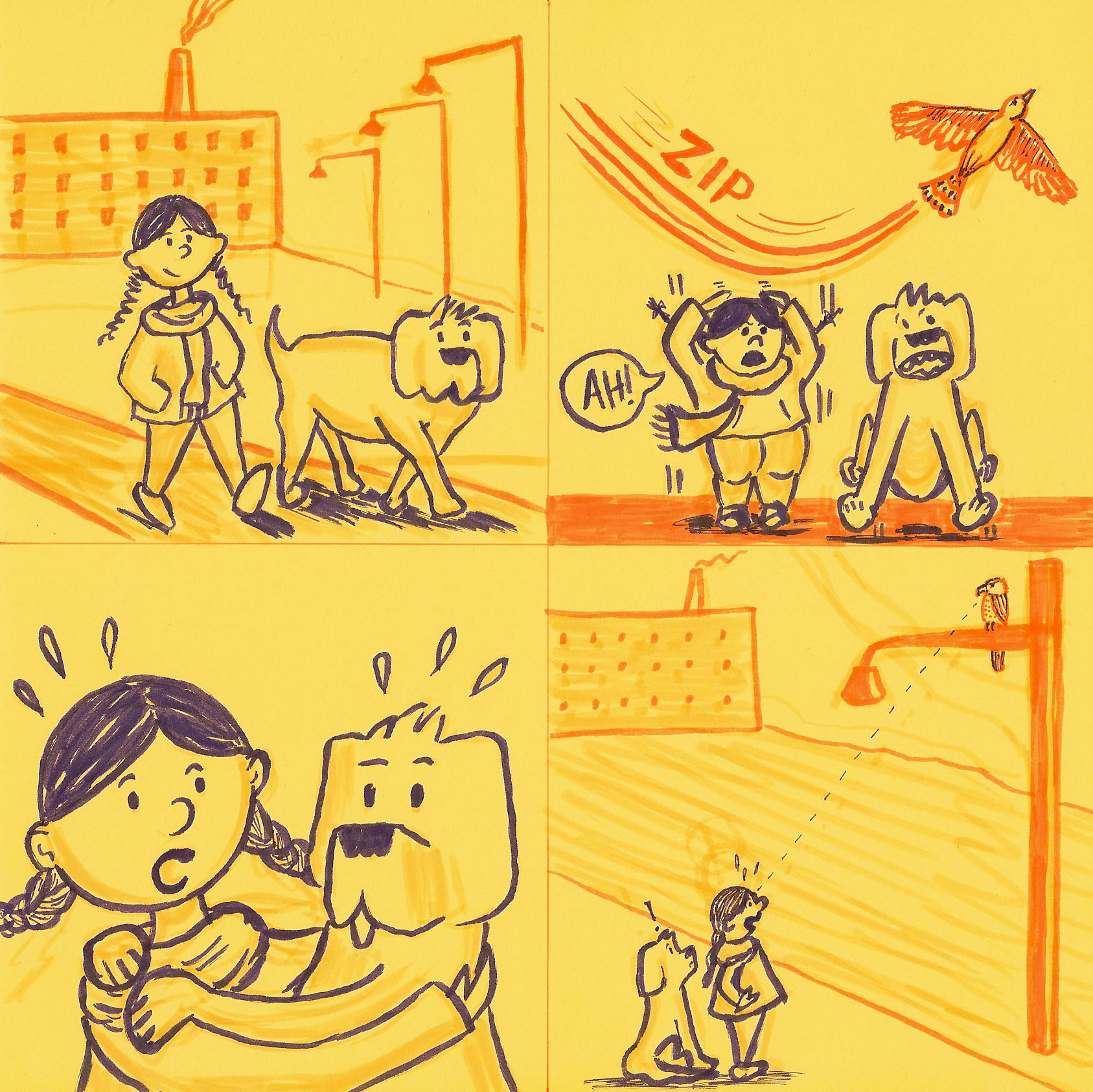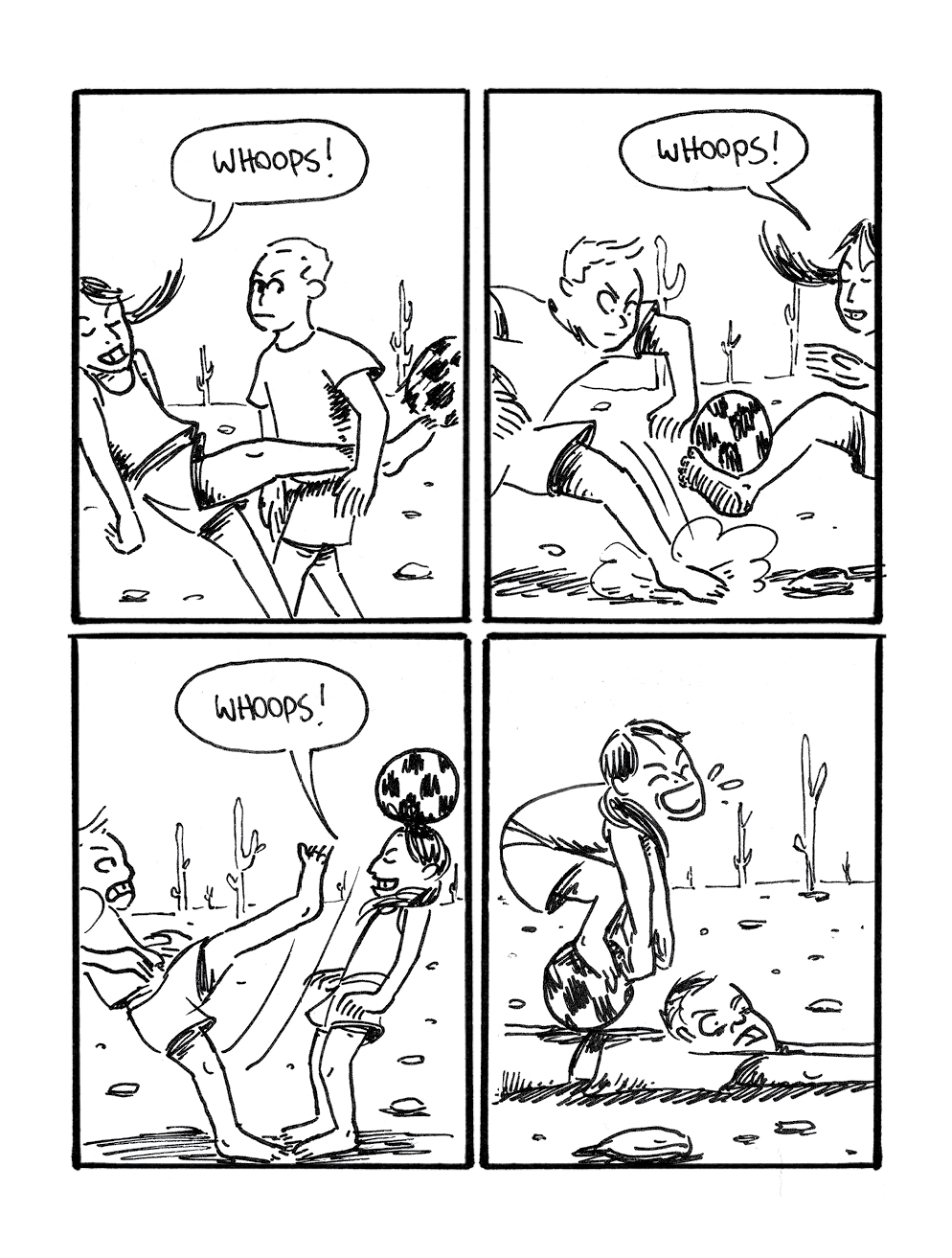Aaron here today with Drawing Center events; RESIST!; Cosplayers; ‘Unquotables’; Notes on Zip-a-Tone.
—————————————————————————————————
This week at The Drawing Center, work by Mateo López, Jackson Mac Low, and Amy Sillman. Opening January 20, 2017.
Sillman will be presenting her animated drawing, After Metamorphoses. She talks about it here:
But we don’t care about “the grid”—we are committed to something different: something scrappy but complex, earnest but smart, ironic but not cynical—a strange FORM! We’re not in it for the money and WE’RE NOT MONEY. We’re not coins of the realm, easily identified by our denominations; we’re definitely not thin paper currency meant to slip inside a wallet. We don’t make sense. We have rough edges and contradictions. What the fuck is “thing theory” anyway—we’re like things that talk back. Where is emancipation located? Should we split our time between art and politics? Is art enough? Is it possible that our work, our love, our beliefs, our symbolic gestures, our senses of humor, can amount to any meaningful resistance? Does resistance come in different lengths; a long game and a short game? Does everyone have to do it the same way? We haven’t figured it out but we love art that offers change above all: insistent, unremitting change that won’t resolve into finality or finesse. We don’t know quite what to do but the qualities that mean something have shifted: knowingness is out, a goddamn “good” painting seems irrelevant, smug… we don’t need someone to tells us which painting is “better.” Fuck that.
Image above from Mateo López: Undo List.
—————————————————————————————————
‘So, it is using old fashioned like printing presses and trucks and you know, just sheer physical get together that will make little cells out in the open and we publish a link so that people can sign up for those local distributions.’
Betsy Gomez at the CBLDF talks to Francoise Mouly and Nadja Spiegelman about the forthcoming release of the Resist! anthology comic on Saturday, January 21:
Resist! revives the tradition of using comics for protest. What precedents inspired you in developing this project?
FM: Well, the first thing was being asked by Gabe Fowler [of Desert Island Bookstore] to guest edit a special issue of Smoke Signal, which is a tabloid printed on newsprint that he wanted to release at the time of the inauguration and the women’s march. When he got in touch with me specifically, like “I want a woman guest editor,” and because he asked right after the election and that was my feeling as well — since we’d just been robbed of our first woman president, there was a sense shared by so many — Gabe’s request seemed natural at the time… My friends were saying, “I’m going to Washington.” We didn’t know where or what. I mean, we knew it was the day after the inauguration, but there was some sense of wanting women’s voices heard.
NS: About historical precedent, and I think Francoise can talk very eloquently about historical precedents in France like L’Assiette au Beurre and Charlie Hebdo. One of the things is: there is a long historical precedent for political protest. But one thing that there isn’t, is enough contemporary parallels and enough space in American culture right now for political images as an act of resistance… We’re hoping to create more of that space.
—————————————————————————————————
Over at Calm Undertones Now Transmitting, an in-depth look at Dash Shaw’s A Cosplayers Christmas:
Shaw’s conception of cosplay shows how the exploitation of individuals that has been opened up by the postmodern ethos can be circumvented by those with the confidence to make their own meaning (even naïveté within certain bounds is enough) against the will of the myriad influences directed at them (e.g. marketing, social norms, political processes etc.). In A Cosplayers Christmas, the obliviousness of Annie and Verti to considerations of the monetary value of the gifts they exchange is endearing and humorous but it also points to the way that cosplay, by allowing its participants to claim partial ownership of the fictions they enmesh themselves in, serves to subvert the traditional paradigm of the separation between cultural producer and cultural consumer that has allowed space for capitalist interests to take hold. Annie and Verti have no interest in purchasing merchandise based on the properties that hold their interest, instead they would prefer to create their own related objects that they can attach personal meaning to.
—————————————————————————————————
Parodies of comic book covers with actual Trump quotes from the 2016 presidential campaign. The mini comic edition also features a Public Service Announcement comic strip and extensive footnotes.
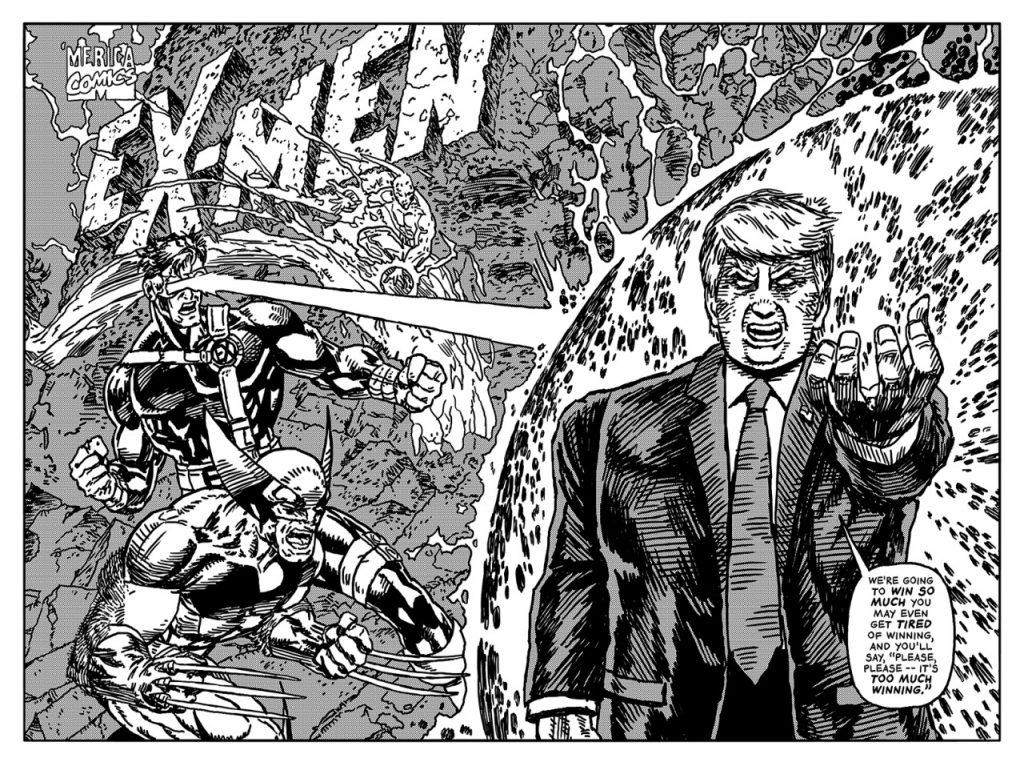 —————————————————————————————————
—————————————————————————————————
Could this piece have been done on the computer?…Could this piece exist without the fields of tone?
Back in 2009, Alex Holden was thinking about Zip-a-Tone in comics:
Zip A Tone has been on my mind because I recently received “Two Eyes Of The Beautiful” from Ryan Cecil Smith, who is currently living in Japan. Some equivalent of Zip A Tone (in virtually unlimited variety) is still widely available in Japan, despite the advent of the computer. “Two Eyes of the Beautiful” is all about Zip A Tone, from simple dot patterns, to trees and foliage……even buildings.
Indeed, it is pretty easy to recreate the same effects of the adhesive sheets in Photoshop. Kevin Huizenga frequently employs this technique.
Whenever Zip A Tone is mentioned, I can’t help but think of Matt Wagner’s “Heist”, printed in BATMAN BLACK & WHITE #3.
Could this piece have been done on the computer?
I suppose so.Could this piece exist without the fields of tone?
Absolutely not.
—————————————————————————————————
Pompeii by yours truly Frank Santoro – get a copy HERE.
“The book itself is about drawing, really. It’s also about two artists who draw in order to see the world around them. So, the book itself IS drawing—and at the end it breaks down the barrier between what’s “real” and what is “drawn”. That’s what is great about the medium—that I can use drawing to illustrate that breakdown. There are a lot of visual rhymes in the book—where the “reality” is mirrored by a painting or a drawing. I’m trying to get to the core of visual storytelling by amplifying the process of drawing and making that the subject of the story as much as the interaction of the characters.” – Frank Santoro in an interview with Publishers Weekly
—————————————————————————————————
Suzy and Cecil – 1-17-2017 – by Sally Ingraham
—————————————————————————————————
Joanie and Jordie – 1-17-2017 – by Caleb Orecchio
—————————————————————————————————
1-17-2017 – by Juan Fernández


